Introduction
Tucked away in central Vietnam, the Marble Mountains are a stunning testament to nature’s beauty and historical significance. These five remarkable limestone and marble hills have long been a beacon for travelers seeking adventure, history, and spiritual enlightenment. Whether captivated by breathtaking views, fascinated by ancient Buddhist temples, or eager to explore intriguing caves, the Marble Mountains promise an unforgettable journey. This guide delves into their history, attractions, and tips for making the most of your visit.
History
Origins and Cultural Importance
Known locally as “Ngu Hanh Son” or “Five Elements Mountains,” each peak symbolizes an element: Water, Wood, Fire, Metal, and Earth. These natural wonders have held deep spiritual significance for centuries, serving as meditation retreats and places of worship for monks and pilgrims alike.
Buddhism and Local Legends
The caves and temples found within these mountains have been vital religious sites for generations. Myths speak of divine beings and sacred relics hidden within the peaks, adding a mystical charm to the region. Over the years, the Marble Mountains have become an important pilgrimage site for Buddhists and a symbol of cultural heritage.
Exploring the Five Marble Mountains
Thuy Son (Water Mountain) – The Most Popular Peak
Thuy Son is the largest and most frequently visited mountain, boasting a variety of attractions.
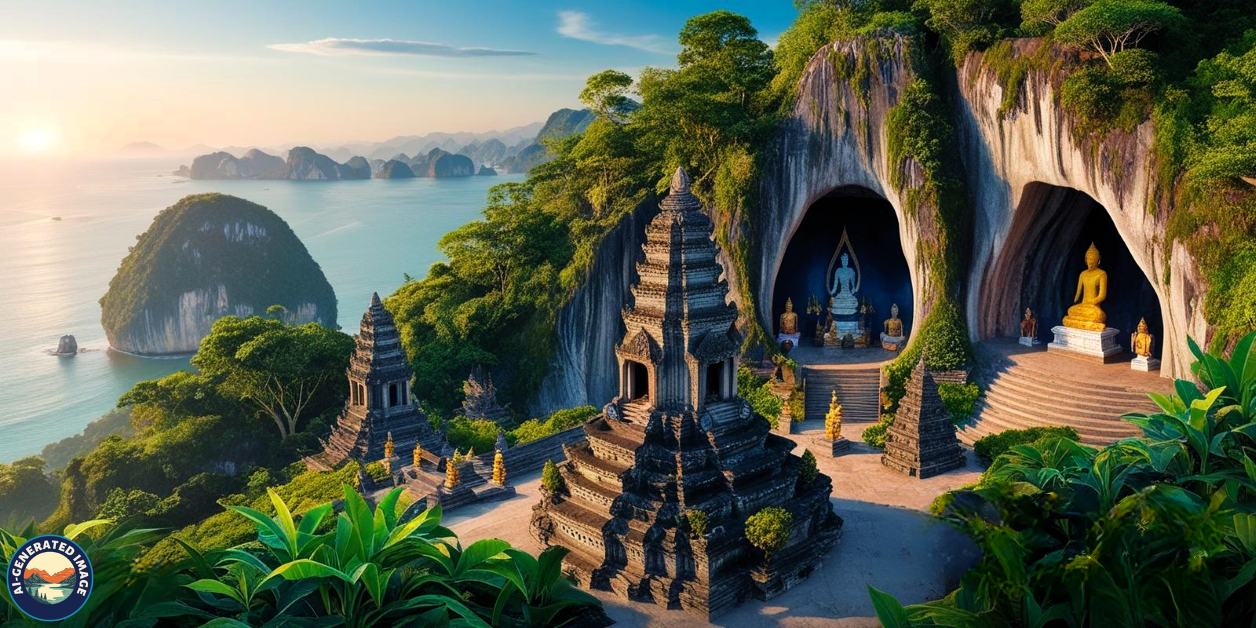
-
Iconic Caves and Pagodas
Highlights include Huyen Khong Cave, a peaceful retreat filled with Buddhist sculptures and incense, and Tam Thai Pagoda, an ancient temple with intricate designs.
-
Panoramic Views and Photo Spots
Reaching the summit offers sweeping views of Da Nang and the nearby coastline, making it a haven for photographers.
Moc Son (Wood Mountain) – The Hidden Gem
Moc Son remains relatively undiscovered, making it perfect for those seeking solitude.
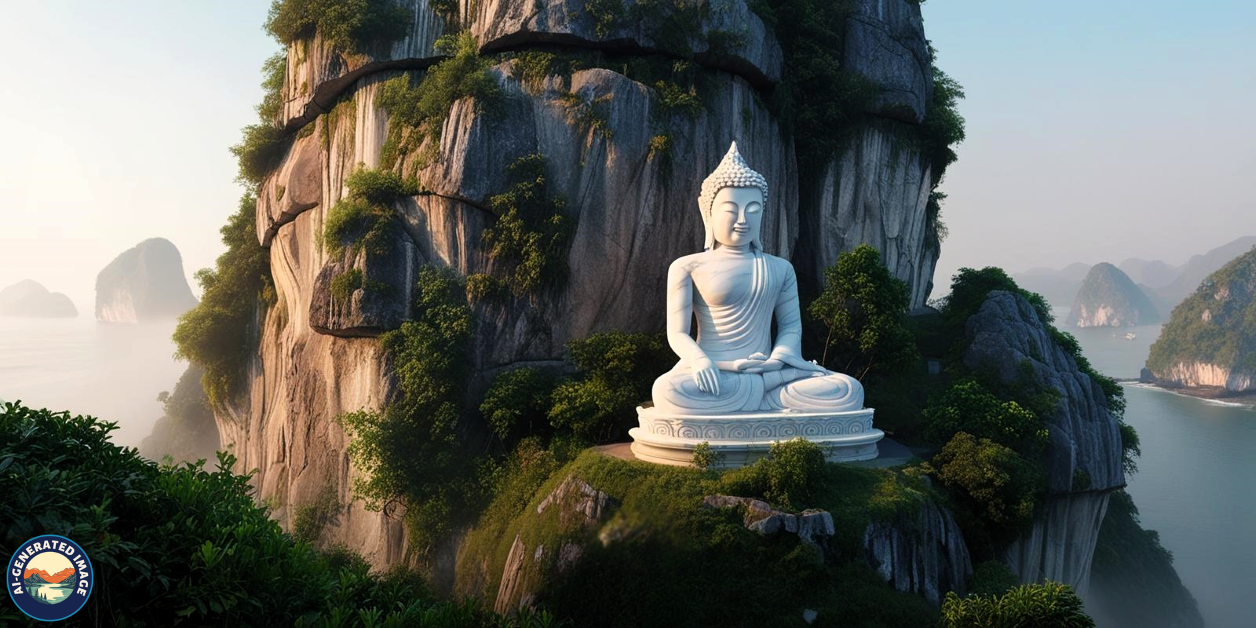
-
Striking Rock Formations
This peak is home to a striking white marble formation resembling a seated Buddha.
-
Less Crowded Exploration
Unlike Thuy Son, this mountain provides a more tranquil escape from the bustling tourist paths.
Hoa Son (Fire Mountain) – A Spiritual Retreat
Hoa Son is known for its religious significance and tranquil environment.
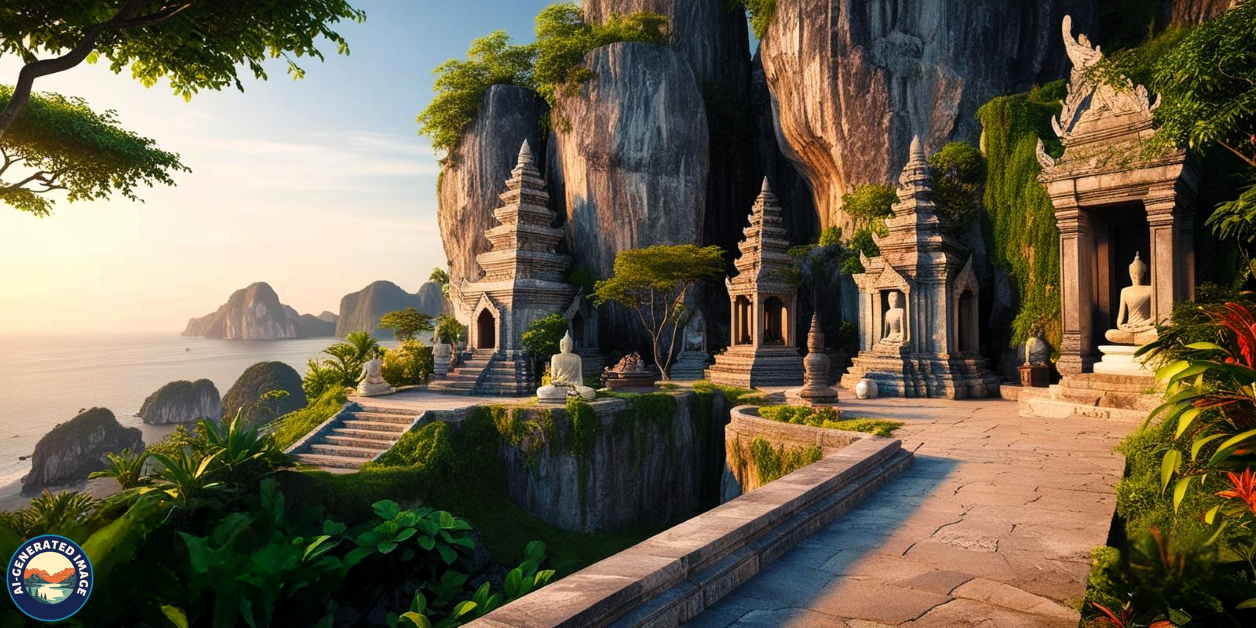
-
Temples and Shrines
Linh Son Pagoda is a beautiful temple where monks practice daily meditation and rituals.
-
Peaceful Meditation Spots
The serene landscape offers excellent locations for reflection and relaxation.
Kim Son (Metal Mountain) – The Cultural Landmark
Kim Son holds a wealth of historical and spiritual treasures.
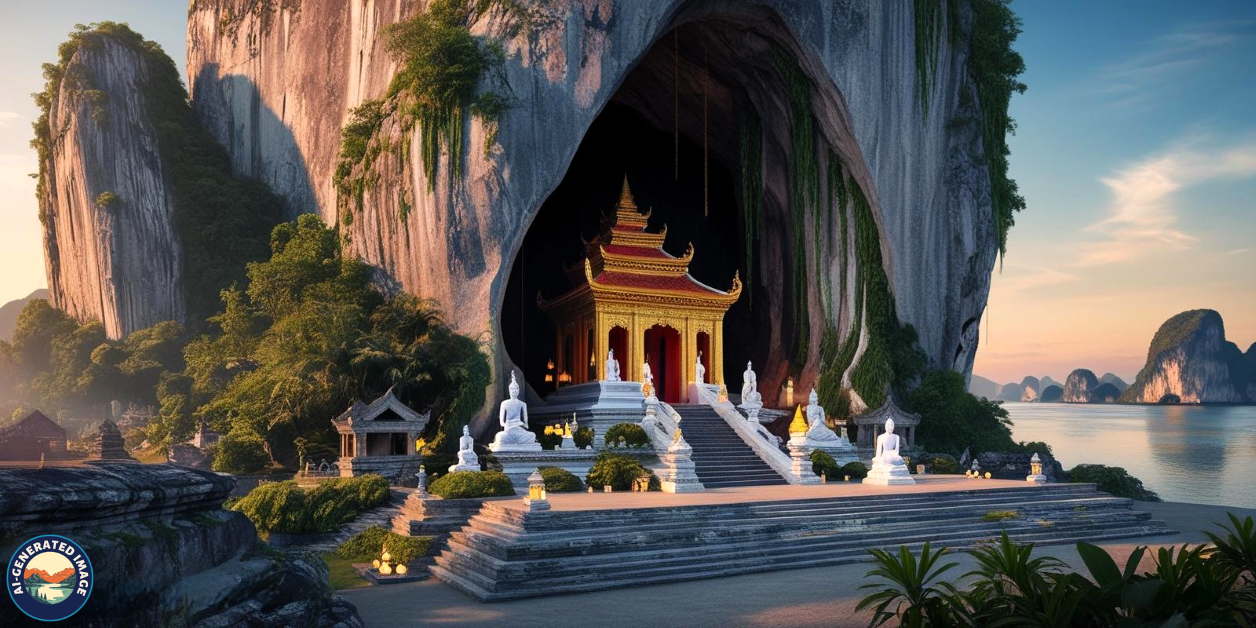
-
Deep Historical Roots
It is home to Quan The Am Pagoda, dedicated to the Bodhisattva of Compassion.
-
Ancient Artifacts and Relics
Visitors can admire sculptures and relics that provide insight into Vietnam’s spiritual traditions.
Tho Son (Earth Mountain) – The Mysterious One
Tho Son has played a key role in Vietnam’s history, particularly during wartime.
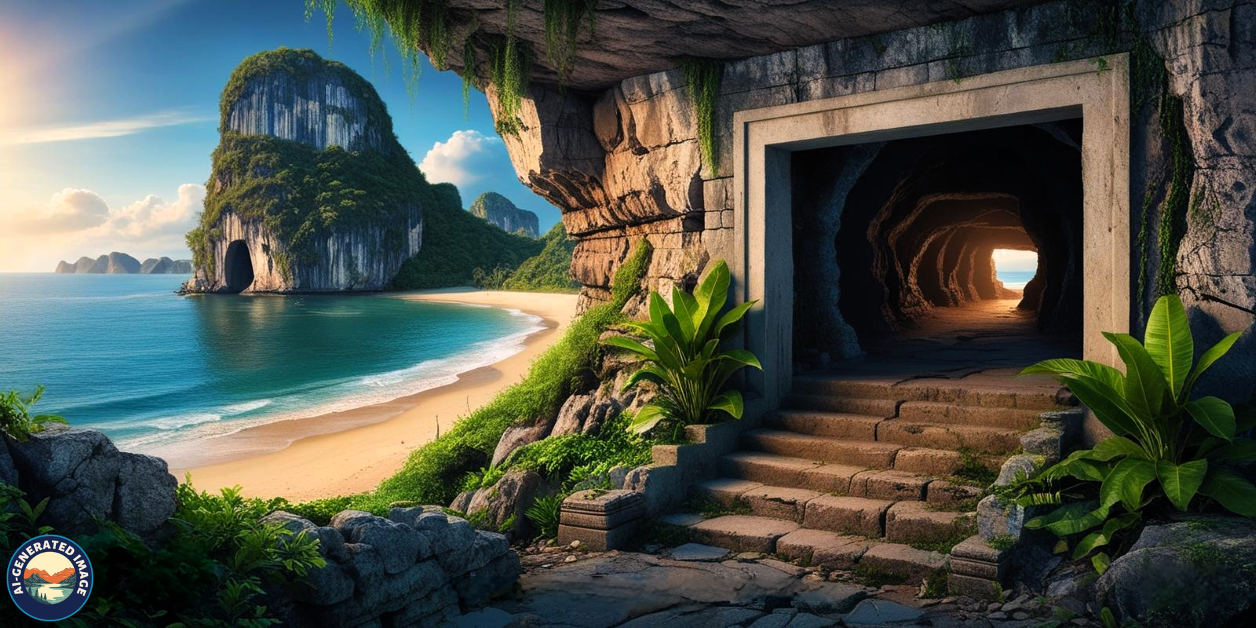
-
Wartime Legacy
This mountain served as a strategic hideout during the Vietnam War.
-
Hidden Tunnels and Secret Passages
Some wartime tunnels remain accessible, offering a glimpse into Vietnam’s past.
Must-See Attractions
Huyen Khong Cave – A Tranquil Sanctuary
This stunning cave, naturally illuminated by sunlight, exudes a serene atmosphere perfect for meditation and reflection.
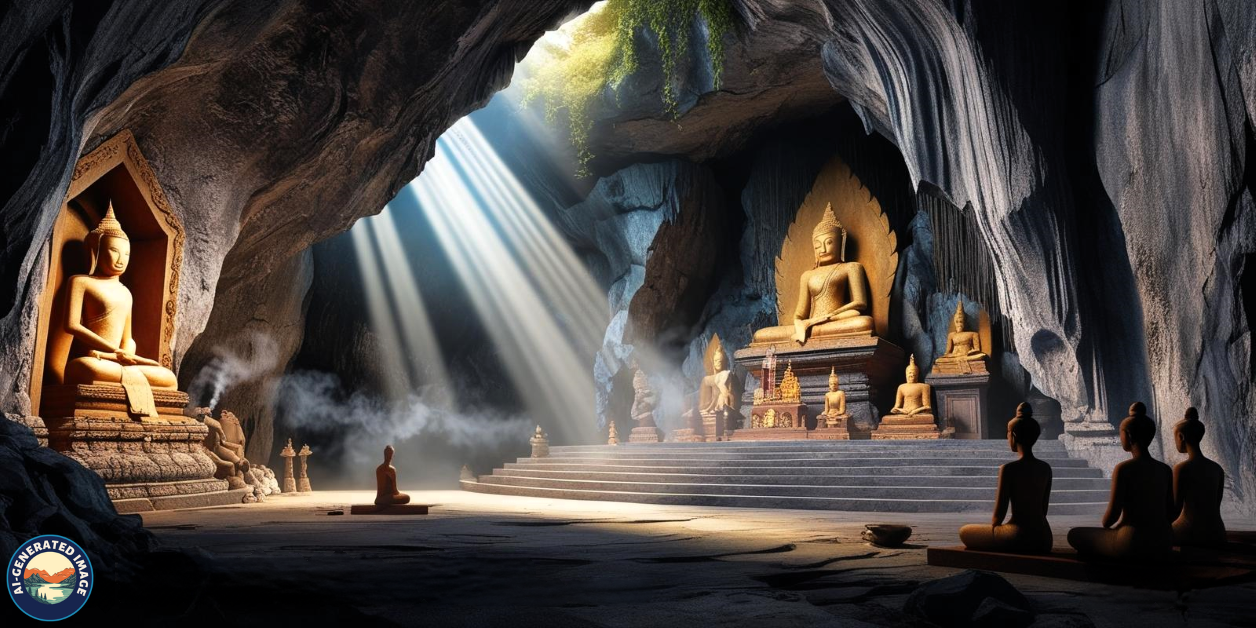
Am Phu Cave – The Cave of the Underworld
Depicting Buddhist visions of heaven and hell, this eerie cave is filled with dramatic sculptures and shadowy corridors.
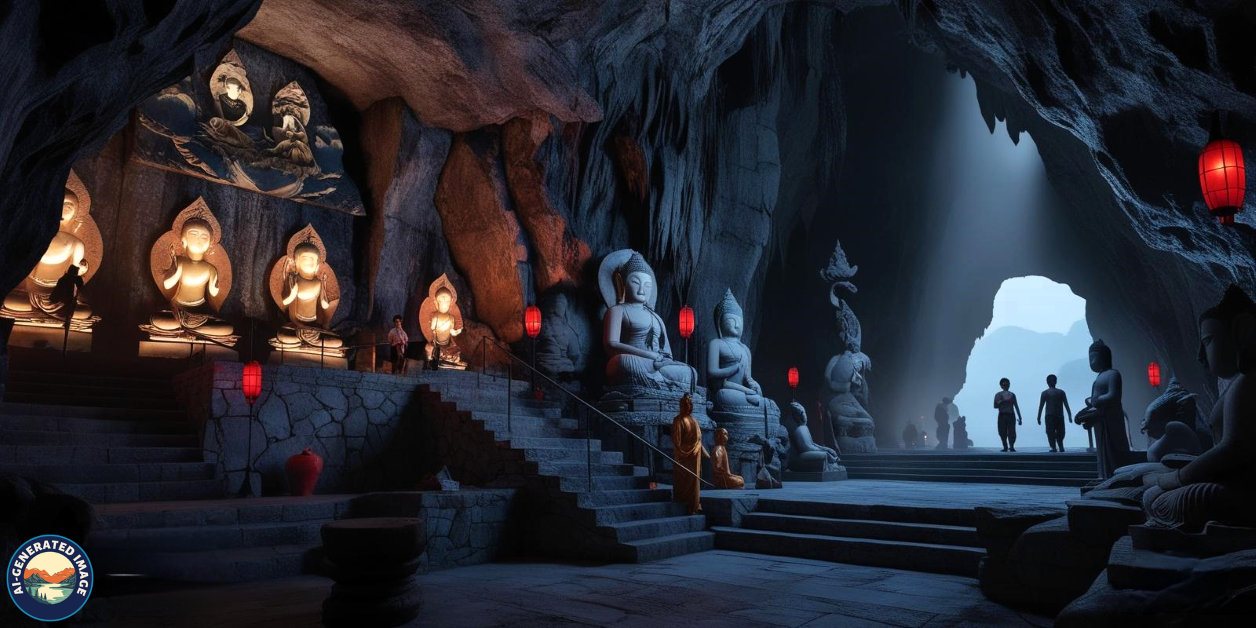
Linh Ung Pagoda – A Haven of Peace
Nestled on Thuy Son, this serene pagoda is famous for its towering Buddha statue and peaceful gardens.
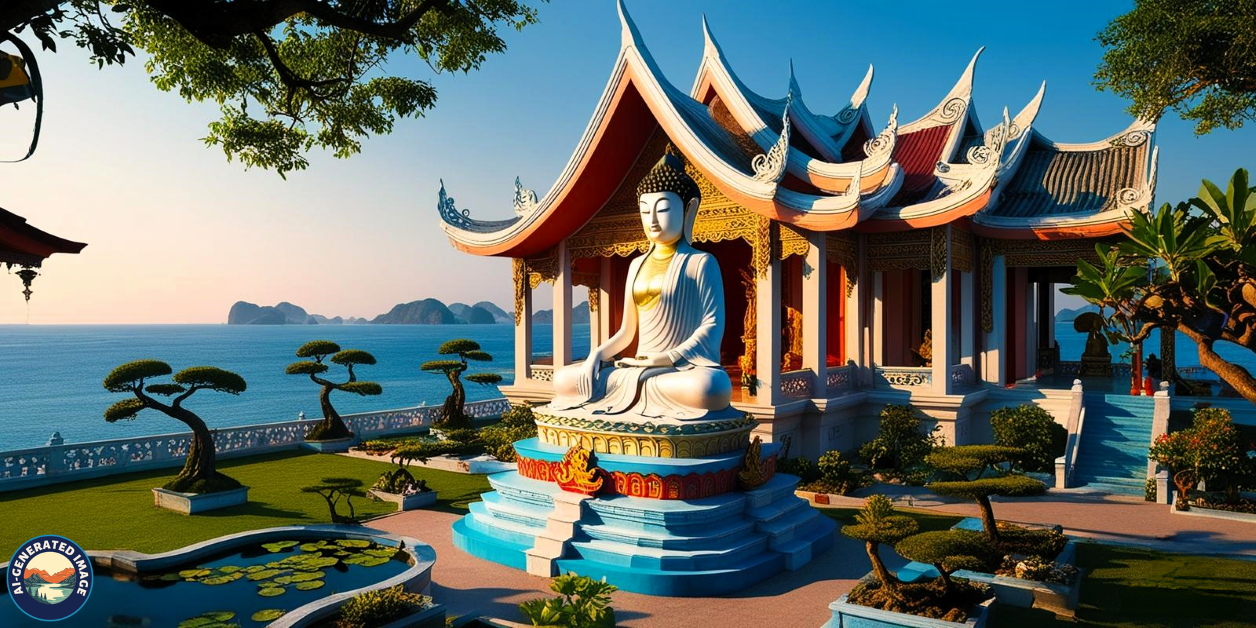
Tam Thai Pagoda – A Historical Masterpiece
Dating back to the 17th century, this temple is one of the oldest in the area, showcasing traditional Vietnamese architecture.
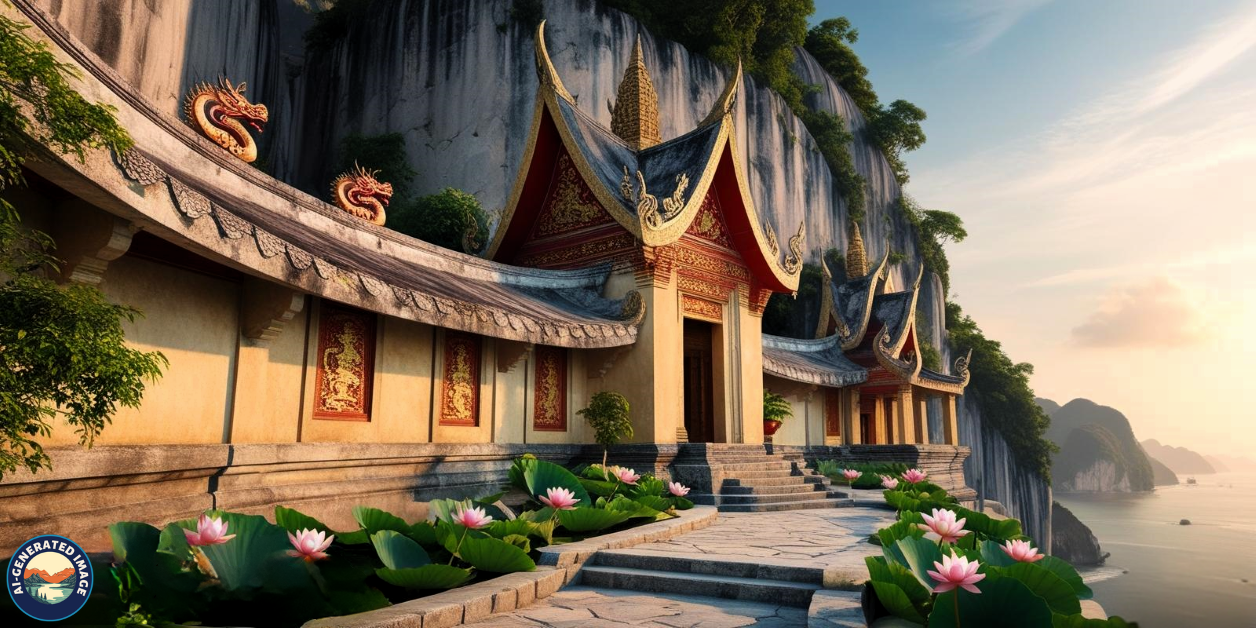
Top Activities
Hiking and Climbing Adventures
The Marble Mountains offer thrilling hiking trails with scenic views at every turn.
Photography and Breathtaking Vistas
With stunning coastal views and unique landscapes, this destination is a photographer’s dream.
Shopping for Handcrafted Marble Souvenirs
Local artisans create exquisite marble statues, jewelry, and decor, making for a perfect keepsake.
How to Reach
Conveniently located between Da Nang and Hoi An, the Marble Mountains are easily accessible.
-
From Da Nang
A short 15-minute drive by taxi or motorbike.
-
From Hoi An
Approximately a 30-minute journey by car.
-
Public Transport
Buses and organized tours are available for a stress-free visit.
Best Time to Visit
The most favorable time to explore is between February and May when the weather is mild and pleasant. The rainy season, spanning from September to November, can make trails slippery.
Travel Tips
-
What to Wear and Carry
Opt for sturdy walking shoes, lightweight clothing, sunscreen, and a water bottle.
-
Respecting Local Customs
Dress modestly and maintain silence in temple areas as a sign of respect.
Conclusion
The Marble Mountains are an extraordinary blend of history, spirituality, and natural beauty. Whether you’re exploring ancient caves, admiring centuries-old temples, or enjoying mesmerizing views, this destination is a must-visit in Vietnam. No trip to this vibrant country is complete without experiencing the wonder of the Marble Mountains.
FAQs
1. How long does it take to explore the Marble Mountains?
A typical visit lasts 2 to 4 hours, depending on how many sites you choose to explore.
2. Is there an entrance fee?
Yes, tickets for Thuy Son cost around 40,000 VND (USD 1.70), with extra fees for specific caves and the elevator.
3. Are the Marble Mountains family-friendly?
Yes, but some paths have steep steps. The elevator at Thuy Son makes it more accessible for elderly visitors.
4. What attire is appropriate for the visit?
Wear comfortable walking shoes and modest clothing, especially if visiting religious sites.
5. Can visitors purchase authentic marble souvenirs?
Yes, but be cautious as some vendors sell imported marble. Always verify its origin before purchasing.

